Common slaughter methods
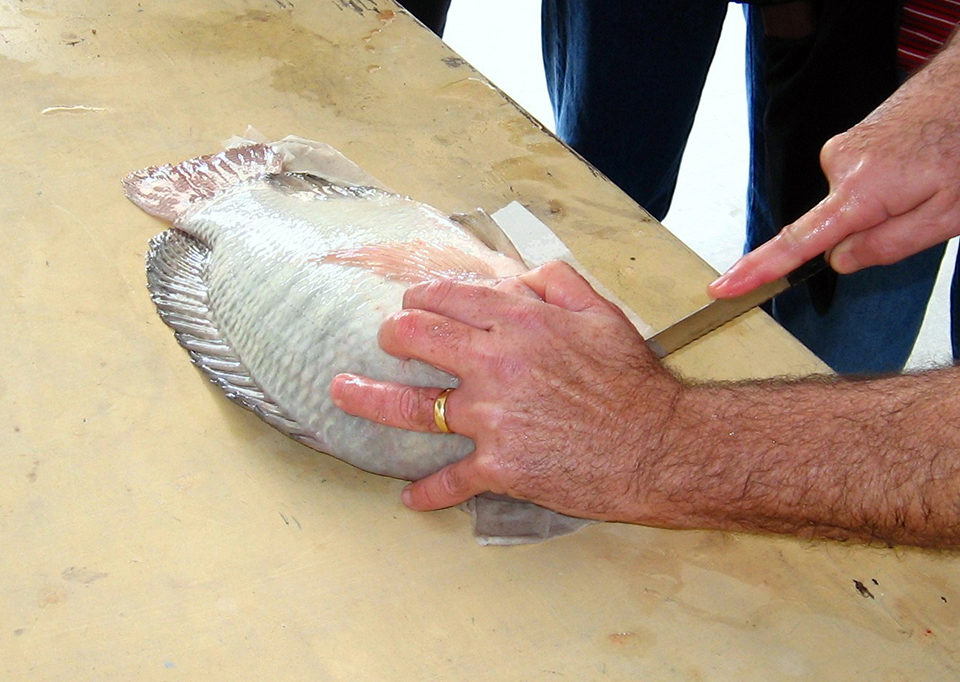
There is no method of slaughter that does not have issues related to animal welfare. However, some have been particularly cited as unacceptable procedures. Anesthesia is used in some countries prior to slaughter, but not allowed in others due to residual chemical traces in the muscle tissues.
New electrical stunning equipment has received increased interest in recent years, since resulting physical and biological effects on the fish have been minimized. Rapid slaughter methods are preferred over slower methods, since they lead to improved fish quality. Also, bleeding may be required with a slaughter procedure if the fish are introduced into the sushi market.
Purging, crowding
Prior to slaughter, feed is usually withdrawn from cultured fish to enable their guts to empty their contents. This reduces the chances of fish being contaminated by gut contents during processing and thus maintains the quality and hygiene of the final products. Current research suggests that 72 hours is adequate for the complete emptying of fish guts while minimizing adverse welfare effects.
Crowding exposes fish to a rapidly increasing density, and as a result, oxygen availability and general water quality can decrease rapidly. Overly crowded fish show vigorous burrowing, gasping and splashing. There is also an increased risk of damage from abrasion through contact with other fish or nets. The adverse effects of crowding can be lessened by slowly reducing densities and providing additional oxygen. Fish should not be crowded for more than two hours.
Slaughter methods
Current methods of slaughter include a range of approaches.
Death in air
Death in air has been commonly used for years. Fish are removed from the water and allowed to die through asphyxiation. The animal struggles as it is removed from the water and oxygen is rapidly depleted. The rate at which the oxygen is depleted is dependent upon ambient temperature and the rate of fish activity.
For example, at 20 degrees-C, rainbow trout experience brain death in about 2.6 minutes and cease moving in 11.5 minutes. At 14 degrees, the same processes require 3.0 and 27.7 minutes, respectively. Since the body temperatures of fish vary according to ambient temperature, reducing the temperature of their bodies typically prolongs the time to anoxia and, therefore, the time to insensibility, lengthening the period of distress.
Death in ice water
Live chilling is considered by the aquaculture industry to offer benefits to carcass quality, since reducing muscle temperature close to 0 degrees C helps delay enzymatic and microbial spoilage processes. The process also increases the time for onset of rigor mortis and the resolution of rigor.
Fish are placed in ice water until death occurs. The time required for death is longer for coldwater fish than tropical fish. The fish usually struggle, which hastens the rate of death. One advantage of this slaughter method is that the water can be drained and the fish placed in an iced container with their temperature lowered. Also, the method immobilizes the fish so they can be more easily handled. However, some believe the method is unacceptable, since it prolongs the period of consciousness and does not reduce the animals’ ability to feel discomfort.
Bleeding
Bleeding can be accomplished by three major processes: cutting the gills, removing the gills or severing the caudal artery. Alternatively, the heart can be pierced, isthmus cut or the blood vessels in the tail severed. The animals die from anoxia, and any struggling, which can range from four to 15 minutes, serves to hasten death.
Large fish may be stunned prior to bleeding to stop struggling. Bleeding prevents the fish muscles from turning an unpleasant red color and acquiring a blood odor, which can prevent the fish from being sold for sushi or surimi.
Anesthesia
There is considerable worldwide interest in the ethical treatment of animals. The use of an anesthetic prior to slaughter is welcomed by many animal-rights groups and individuals. Once fish are anesthetized, death can be accomplished by one of the several methods discussed in this article.
Another major advantage of death with anesthesia is that the fish do not undergo stress, which can have a detrimental effect on post-harvest quality. Unfortunately, the use of anesthetics has not been approved in all countries. One of the major concerns is that some of the anesthesia compound may be absorbed into the flesh of the animal. Although the amount is very small, concerns still exist with regulatory agencies.
Carbon dioxide narcosis
In carbon dioxide narcosis, the gas is dissolved in the water prior to introduction of the fish. Once the fish are introduced, they react violently while their blood rapidly absorbs the gas. The fish may acquire bruises from hitting other fish or the sides of the container.
The time required for the fish to become anesthetized can vary from less than four to more than 100 minutes. Despite this, it has been reported that fish may be removed once movement stops, typically after two or three minutes. There is concern that fish may be rendered immobile by the carbon dioxide before completely losing consciousness and may be bled or eviscerated while still sensible.
Some countries have used nitrous oxide (“laughing gas”) as opposed to carbon dioxide, since it does not cause the strong activity seen in fish immersed in carbon dioxide-saturated water. However, the fish recover quickly when removed from contact with the gas.
Electrical stunning
Stunning by use of electricity is known as electronarcosis, whereas killing by electricity is known as electrocution. Electrical shock using either alternating or direct current has received substantial interest in recent years.
Electric stunning is reversible, as normal brain function is disrupted for a short period only. Hence, electronarcosis must be immediately followed by bleeding. Electrocution completely destroys brain function and therefore renders the animal unconscious while stopping the breathing reflex from functioning. For electrical stunning to be effective, proper current and stun duration must be maintained. Also, water factors such as conductivity and temperature must be properly managed.
This method has gained substantial support due to concerns for the ethical treatment of animals and immobilization of the animals, which facilitates mechanical or hand processing. It also prevents stress and struggling prior to slaughter, which are detrimental to quality.
Recent advances in electrical equipment design have made substantial improvements in preventing or minimizing undesirable physical and biological effects in treated fish. The method has significant advantages when fish are grown in tanks rather than ponds. However, fish grown in raceways must be crowded prior to stunning or electrocution, and the stress of that activity may result in undesirable effects on product quality.
Head strike
In another method, fish are removed from the water and given a sharp blow to the head. If the blow is strong, the animal is killed. If the blow is weak, the animal is stunned. After the blow is provided, the fish is usually bled using one of the methods previously mentioned.
Alternative methods include using a pneumatic gun originally developed for small mammals. The guns are accurate and can deliver the required velocity. New percussive devices have been developed that are semiautomatic and efficient.
Spiking
In spiking, a spike is inserted through the head of the fish directly into the brain. The procedure can be applied more accurately in large fish due to the larger size of the brain. In smaller fish, the brain may be difficult to locate and destroy. If the brain is not destroyed, the fish undergo stress, and some undesirable quality changes may result.
Proper procedures
Rapid killing is preferred over slower killing due to some of the undesirable effects that can occur as a result of a longer process. Some slaughter methods have been shown to have a direct effect on the biochemical properties of the fish. Rapid killing leads to a slower drop in pH and the longer presence of adenosine triphosphate post-mortem. In contrast, slow killing methods have large effects on the rate of pH fall and have detrimental effects on fish quality.
It is preferable to employ methods that kill fish rapidly and in a stress-free manner with the least amount of muscle activity. Increased muscle activity, as through struggling, results in weaker muscle fibers and reduced overall fillet strength. This has an effect on the sensory quality of the flesh, making it softer. Excessive activity can also affect physical properties that would make the fish more difficult to process.
(Editor’s Note: This article was originally published in the September/October 2013 print edition of the Global Aquaculture Advocate.)
Authors
-

George J. Flick, Jr., Ph.D.
Distinguished Professor
Food Science and Technology Department
Center for Applied Health Sciences
Duck Pond Drive
Virginia Tech (0418)
Blacksburg, Virginia 24061 USA[117,100,101,46,116,118,64,103,107,99,105,108,102]
-

David D. Kuhn, Ph.D.
Assistant Professor
Food Science and Technology Department
Center for Applied Health Sciences
Duck Pond Drive
Virginia Tech (0418)
Blacksburg, Virginia 24061 USA[117,100,101,46,116,118,64,110,104,117,107,101,118,97,100]
Tagged With
Related Posts
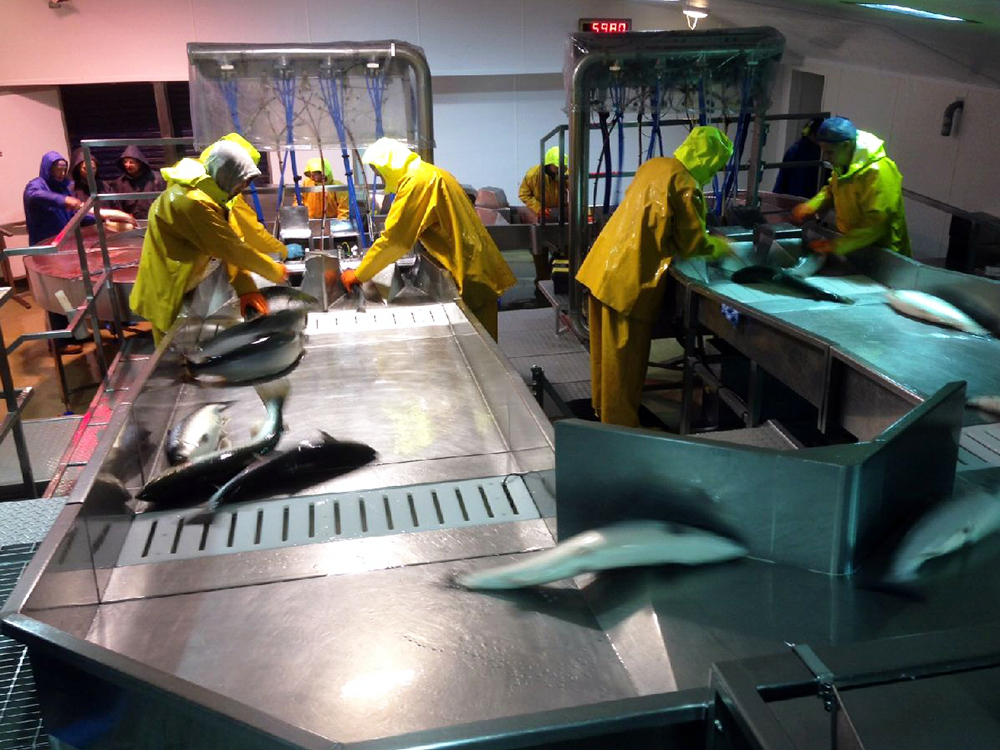
Health & Welfare
Fish producers benefit from humane slaughter techniques
EU legislation requires farmed fish be spared unnecessary pain, distress or suffering at slaughter, and efficient manual and automated systems have been developed to help achieve this goal. What’s more, longer shelf life and improved flesh quality have been reported.
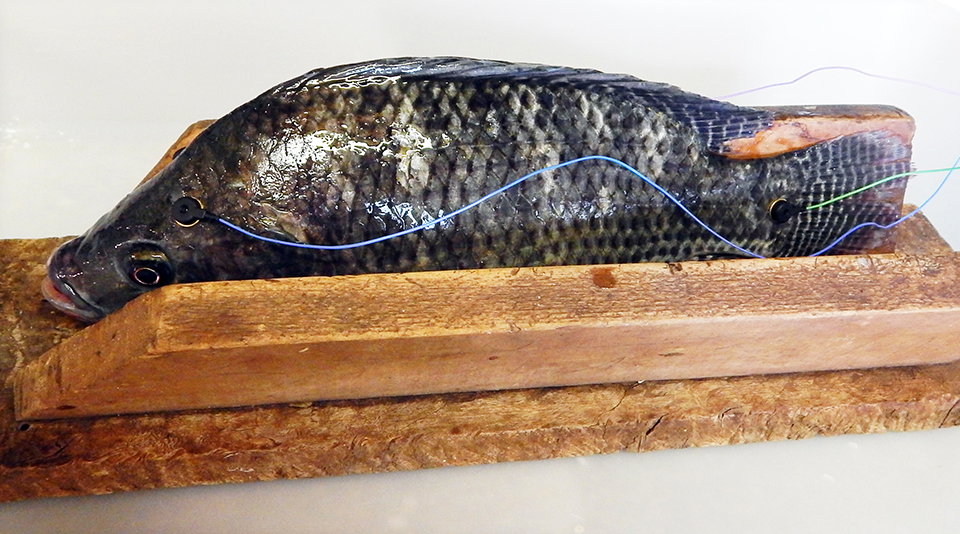
Health & Welfare
Stunning methods for fish
Research that has shown fish have the necessary brain structure to feel pain has displaced traditional perspectives and led to additional accounting for fish welfare in aquaculture.
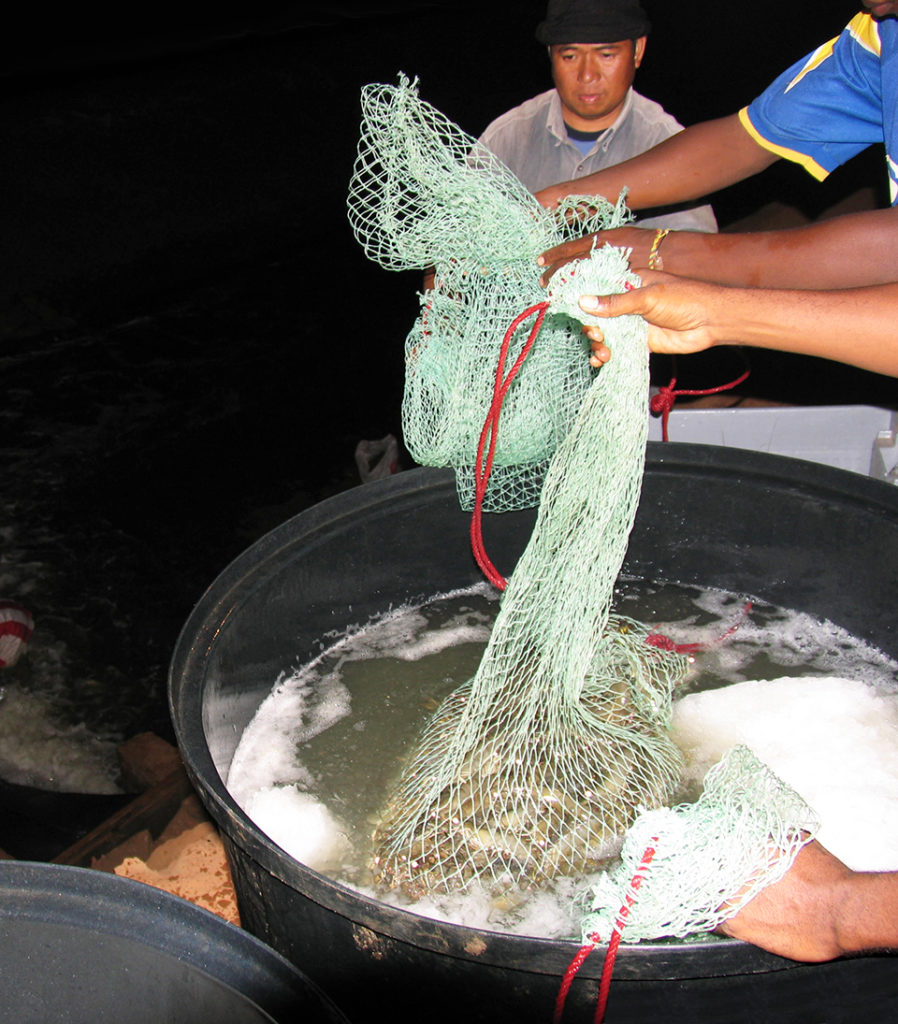
Health & Welfare
Killing methods, post-slaughter quality, part 1
The methods used to kill fish depend on many factors, including fish size and species, aquaculture production system, fish quantity, market preferences and effects on product quality. Also, some methods may not be approved in some countries, as with the use of anesthetics and regulations concerning the ethical treatment of animals.
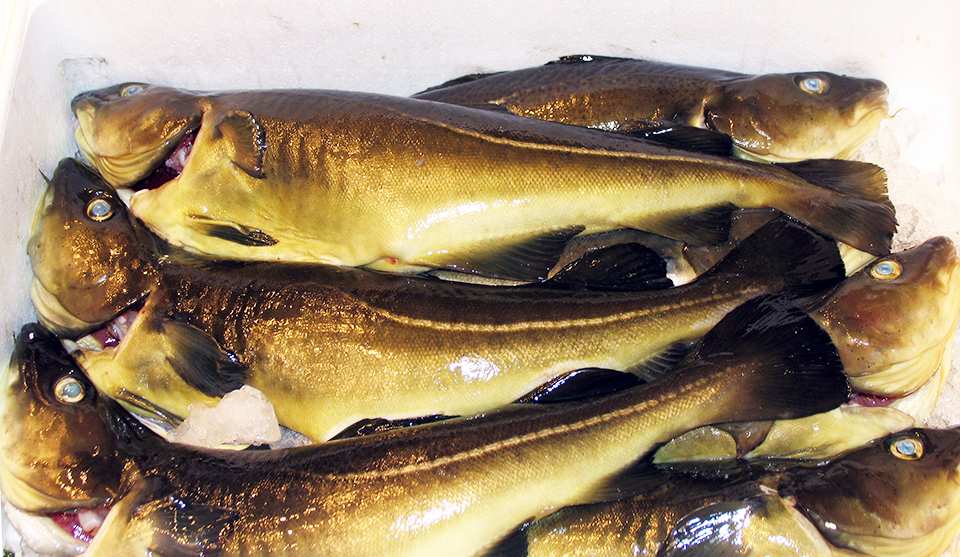
Health & Welfare
Killing methods, post-slaughter quality, part 3
Slaughter methods can impact product quality. It is recommended that fish be fasted prior to slaughter to clean their digestive tracts. Instant killing minimizes the degradation of tissue quality. Immediate bleeding is more important than the bleeding method.

